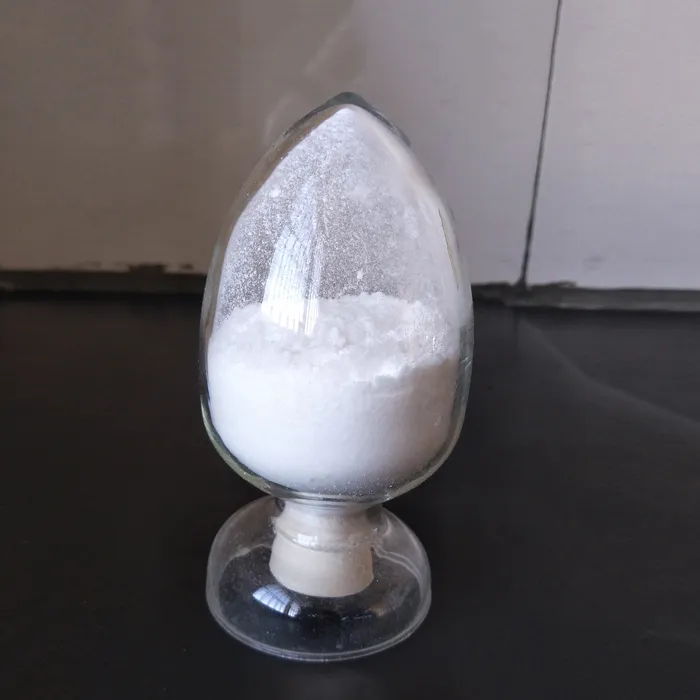Fillers and Additives in Plastics Enhancing Performance and Sustainability
Plastics have become integral to modern life, serving a multitude of purposes across various industries. From packaging materials to automotive components, the versatility of plastics is enhanced by the incorporation of fillers and additives. These substances not only improve the properties of plastics but also foster sustainability in material usage. In this article, we will delve into the different types of fillers and additives utilized in plastics, their functions, and how they contribute to the advancement of the industry.
Understanding Fillers
Fillers are materials added to plastics to enhance their physical properties, reduce production costs, and improve overall performance. They can be broadly categorized into two groups reinforcing fillers and non-reinforcing fillers.
1. Reinforcing Fillers These fillers, such as glass fibers and carbon fibers, help increase the strength and stiffness of the plastic. When incorporated into a polymer matrix, they provide structural support and improve the material’s durability, making them ideal for demanding applications such as automotive and aerospace components.
2. Non-Reinforcing Fillers Common examples include calcium carbonate, talc, and clay. These fillers are primarily used to reduce costs by replacing more expensive plastic materials without significantly affecting performance. Non-reinforcing fillers can also improve various properties like flame retardancy and chemical resistance.
The Role of Additives
Additives are substances added to plastics to impart specific characteristics and functionalities. Their purpose extends beyond mere enhancement; they play a critical role in optimizing processing conditions, improving lifespan, and ensuring safety. Some common types of additives include
1. Stabilizers These are used to prevent degradation of the polymer during processing and with exposure to environmental factors such as heat and UV light. For example, UV stabilizers protect plastics from sun damage, preserving their appearance and mechanical properties.
fillers and additives in plastic

2. Plasticizers These compounds are used to increase the flexibility and workability of plastics. They lower the glass transition temperature, resulting in more pliable end products, which is essential in products like flexible PVC flooring and electrical cables.
3. Colorants Additives such as dyes and pigments allow for customization of the plastic’s appearance. They can be tailored to achieve any shade, providing aesthetic appeal while potentially enhancing visibility or safety for products.
4. Flame Retardants These additives are crucial in improving the safety of plastic products by reducing their flammability. They are particularly important in applications such as electronics, upholstery, and construction materials.
Sustainable Practices
The use of fillers and additives can also align with sustainability efforts in the plastics industry. Many manufacturers are now exploring bio-based fillers derived from natural sources, such as cellulose, starch, and lignin. These materials not only reduce dependence on fossil fuels but also contribute to the biodegradability of the final product. Additionally, the incorporation of recycled fillers, such as those derived from post-consumer plastics, reduces waste and promotes a circular economy.
Furthermore, advancements in additive technology are enabling the development of new materials that are both high-performing and environmentally friendly. For instance, biodegradable polymers can be blended with natural fillers to create products that decompose more readily, thus mitigating the ecological impact associated with traditional plastics.
Conclusion
Fillers and additives play a crucial role in enhancing the performance, cost-effectiveness, and sustainability of plastic materials. By carefully selecting and incorporating these substances, manufacturers can produce products that meet the diverse needs of consumers while addressing environmental concerns. As the plastic industry continues to evolve, the focus on innovative filler and additive solutions will remain paramount in paving the way towards a more sustainable future. The ongoing research in this area holds the promise of developing even more advanced materials that balance functionality with ecological responsibility. With this understanding, it is clear that fillers and additives are not merely additives but essential components driving the evolution of plastics.

